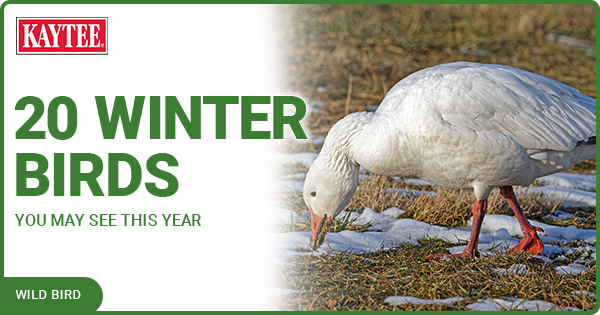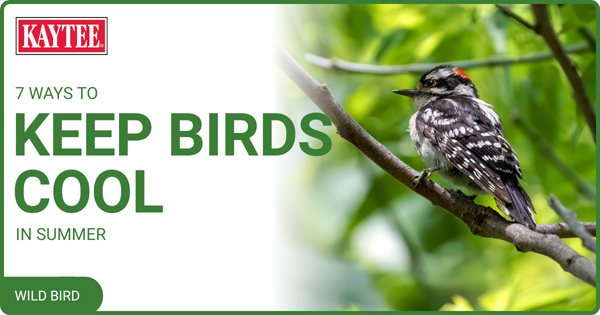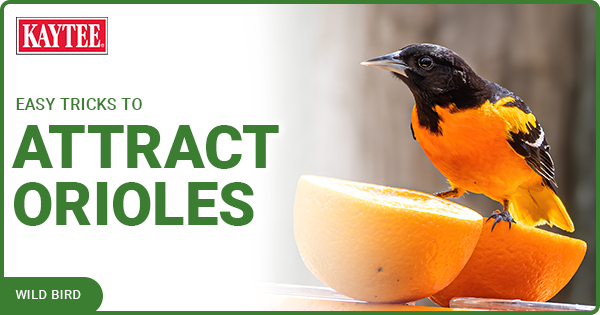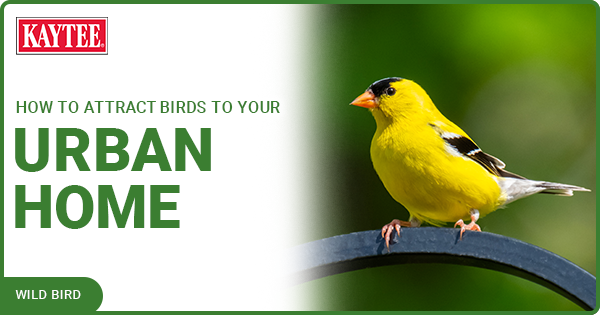10 Fun Facts About Migrating Birds
Pay close attention to your yard this spring for new bird species and entertainment all season long! As you watch birds return to your yard, or sometimes leave your yard to go even further north, read through these fun facts about bird migration. You might learn something new!
1. Hummingbirds are the smallest migrating bird
With an average weight of 1/8 of an ounce, Hummingbirds are the smallest migrating bird. They can travel as fast as 30 mph (48 kph) when migrating. Their migratory path takes them across the Gulf of Mexico twice a year. They fly this nonstop, which can be as far as 600 miles. That’s a long journey for such a small bird!
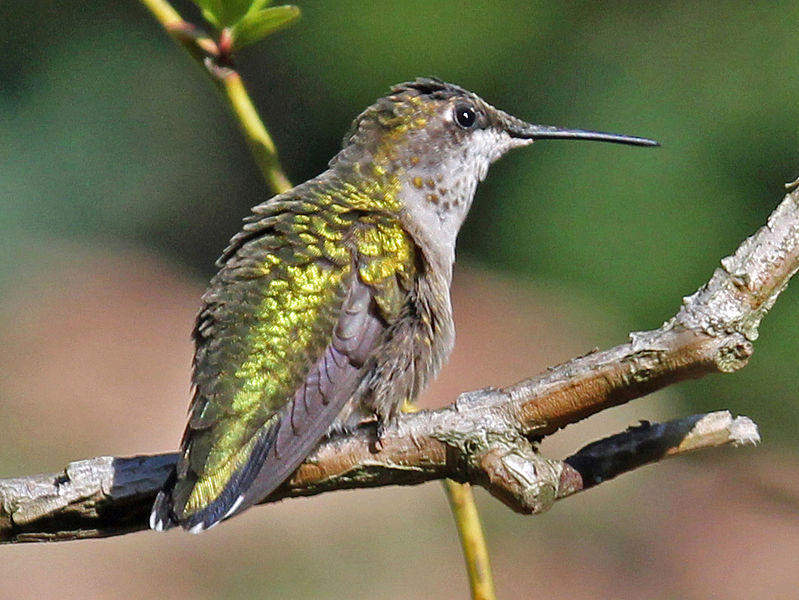
2. Migrating birds can travel VERY far
Birds in migration can travel as far as 16,000 miles. To reach their destination in time, some travel at speeds of 30mph. At this speed, birds take up to 533 hours to reach their final destination. Traveling 8 hours a day, it would take some birds 66 days to reach their migration destination. This means the birds have been traveling a long time by the time they get to your backyard! Make sure they are welcomed with fresh food and water when they arrive.
3. Some birds migrate at high altitudes
Not all birds travel low where we can see them. Songbirds travel at an altitude as high as 500 to 2,000 feet. Geese and vultures have been known to travel at altitudes of 29,000-37,000 feet high. Some scientists believe that birds travel at higher altitudes to conserve energy with less flapping of the wings and more gliding. They move up and down altitudes to gain boosts of natural lift from the changes in density.
4. Migrating birds know where to go
Instinctively, migrating birds know where to migrate and how to navigate back home. They use the stars, the sun, and earth’s magnetism to help them find their way. They also almost always return home to where they were born. Because of this, you could be right if you think you see the same bird each year in your yard.
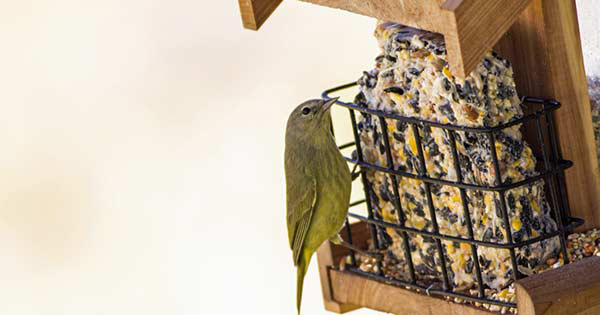
5. Birds prepare for migration
To help birds prepare themselves for the long journey away from home for the winter, they build up body fat. They fuel up with certain foods and reserve up to 50% of their body weight. It is important to feed birds all year long, but especially when they return from migration and when they are preparing to leave for migration. They will be hungry!
6. Birds migrate at different times
Have you ever wondered what time birds migrate? When most of us are making our morning and afternoon commutes to and from work, migrating birds are feeding and resting. Many birds migrate during the night. They do this for a variety of reasons. At night, the air is cooler which eliminates the need to stop as much to cool down in water. Similarly, at night there are fewer predators and visibility of these predators is low. Birds are more safe traveling when their predators are resting. This is not the case for all birds, as you typically see geese and cranes migrate during the day.
7. Wisconsin is a popular migratory destination state
In May, a popular migration month, it is estimated that 3 million birds cross the Wisconsin state border daily as they migrate back to their Wisconsin homes. And this is on a light night! On heavy migration days, there can be as many as 30 million birds migrating into Wisconsin during the spring season. Do you live in Wisconsin or the Midwest? Try the Kaytee Midwest bird seed blend for your hungry backyard visitors.
8. Migrating birds face many threats during their journey
As mentioned earlier, birds migrate during certain times of the day to avoid potential threats. Their biggest threats on the long journey home in the spring include predators like owls or hawks, dehydration, starvation, oil drilling rigs in the ocean, windmills, power stations, and drastic climate changes. All of these hazards are instinctually taken into consideration, but birds are still not completely safe during their journey.
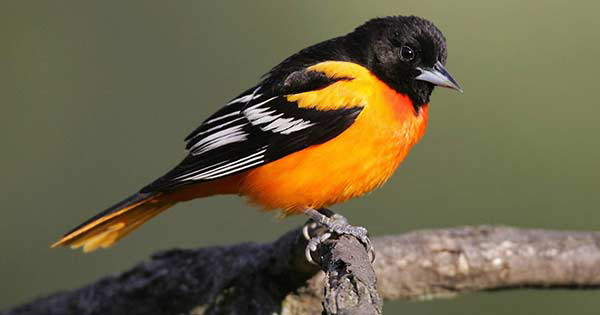
9. Neotropic birds are a type of migratory bird
Neotropic birds are birds migrating from neotropic areas in Central America and South America. Birds that are considered neotropic migrators include the Northern Oriole, the Baltimore Oriole, the Indigo Bunting, the Rose-Breasted Grosbeak, and the Ruby-Throated Hummingbird.
10. Birds need specific items when landing in yards after migration
Most importantly, birds need food, water, and nesting materials. They will be very hungry after exerting energy to travel those long distances. They could be facing dehydration if they don’t drink enough water after finishing their migration flight. And they will be ready to lay their eggs. By providing nesting materials in your yard like string, hay, pet hair, strips of fabric, and natural sources of twigs or moss, birds will be able to build their nest in time to have their babies.
Now that you’ve learned something about the birds migrating to your yard, go get ready for them! They will be hungry and thirsty. Get bird feeding tips on our blog to help you decide which food to provide.
If you are looking to stock up on seed before more birds show up this spring, find a store near you that sells Kaytee Wild Bird Seed.
As spring approaches, birds will be migrating all around the world to return home.
They are leaving their winter homes and traveling back to your yard. They are migrating to find a place to mate and build a nest for their young as weather and resources change.
Make sure you provide them a comfortable and plentiful backyard with food, water, and coverage as they arrive back home for the spring, summer, and fall seasons. Check out these tips on our website for more information on how to attract backyard birds.
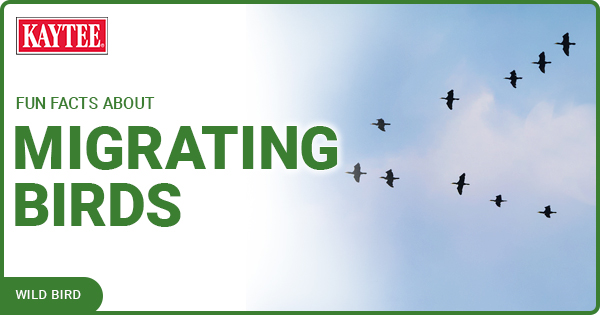
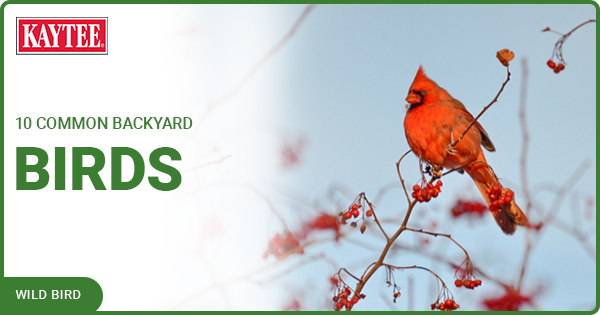



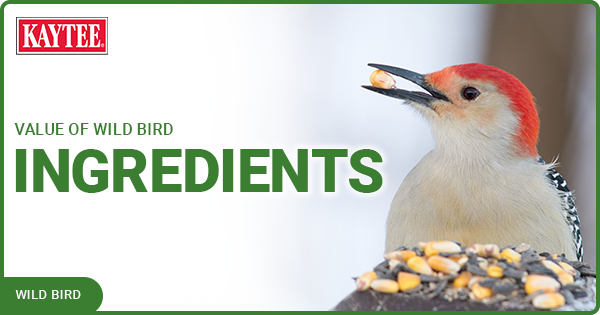
.png?h=315&iar=0&w=600&hash=9C09A701CB4D5CF9B2C5B7FA2DA01F2E)
